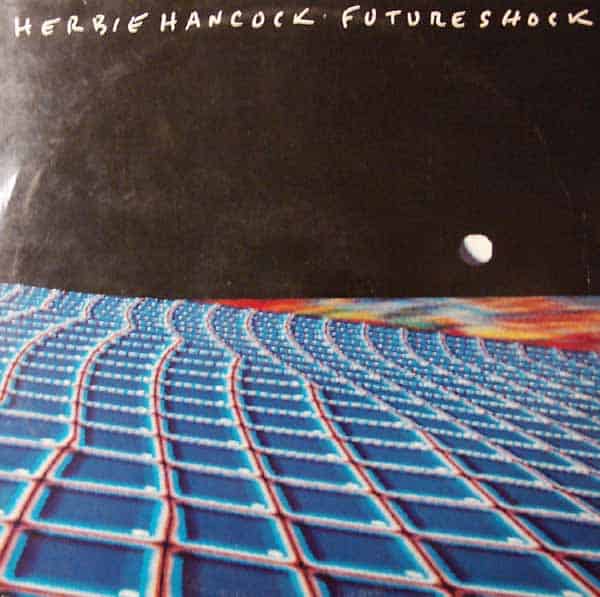Grammy winning Best R&B Instrumental + five MTV awards
At the time I am posting this, his music sells cars on tv-commercial…
Label : Columbia Records / Released : 1983
Produced by Herbie Hancock & Material.
Mixed By – Dave Jerden
Scratches – Grandmixer D. ST. (tracks: A1,B1,B3)
Herbie Hancock : keyboards.
Michael Beinhorn : keyboards.
Bill Laswell : bass.
Vocals : Dwight Jackson Jr. / Lamar Wright.
Backing Vocals : Bernard Fowler / Nicky Skopelitis / Roger Trilling.
Drums : Sly Dunbar.
Guitar : Pete Cosey.
Bata : Daniel Ponce.
All tracks written by Hancok/Laswell/Beinhorn except track 2 by Curtis Mayfield.
Tracklisting :
Side A
1. Rockit
2. Future Shock
3. TFS
Side B
1. Earth Beat
2. Autodrive
3 .Rough


